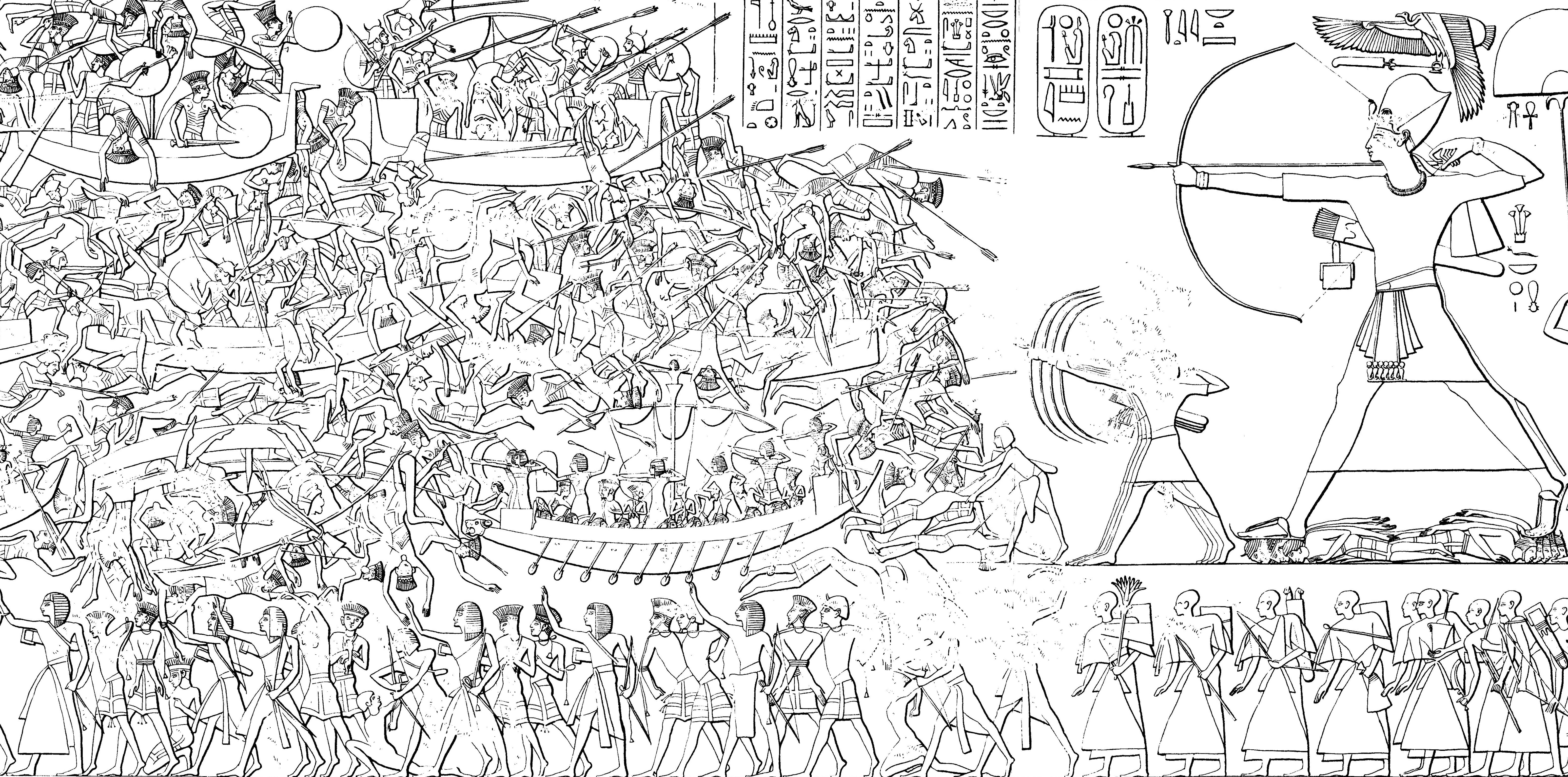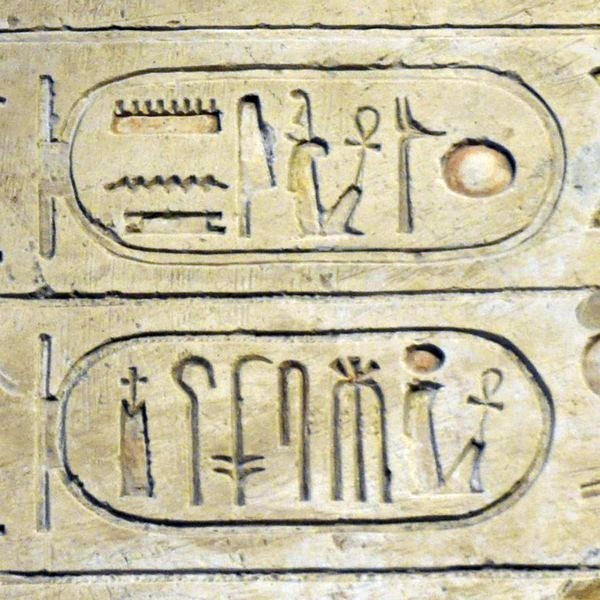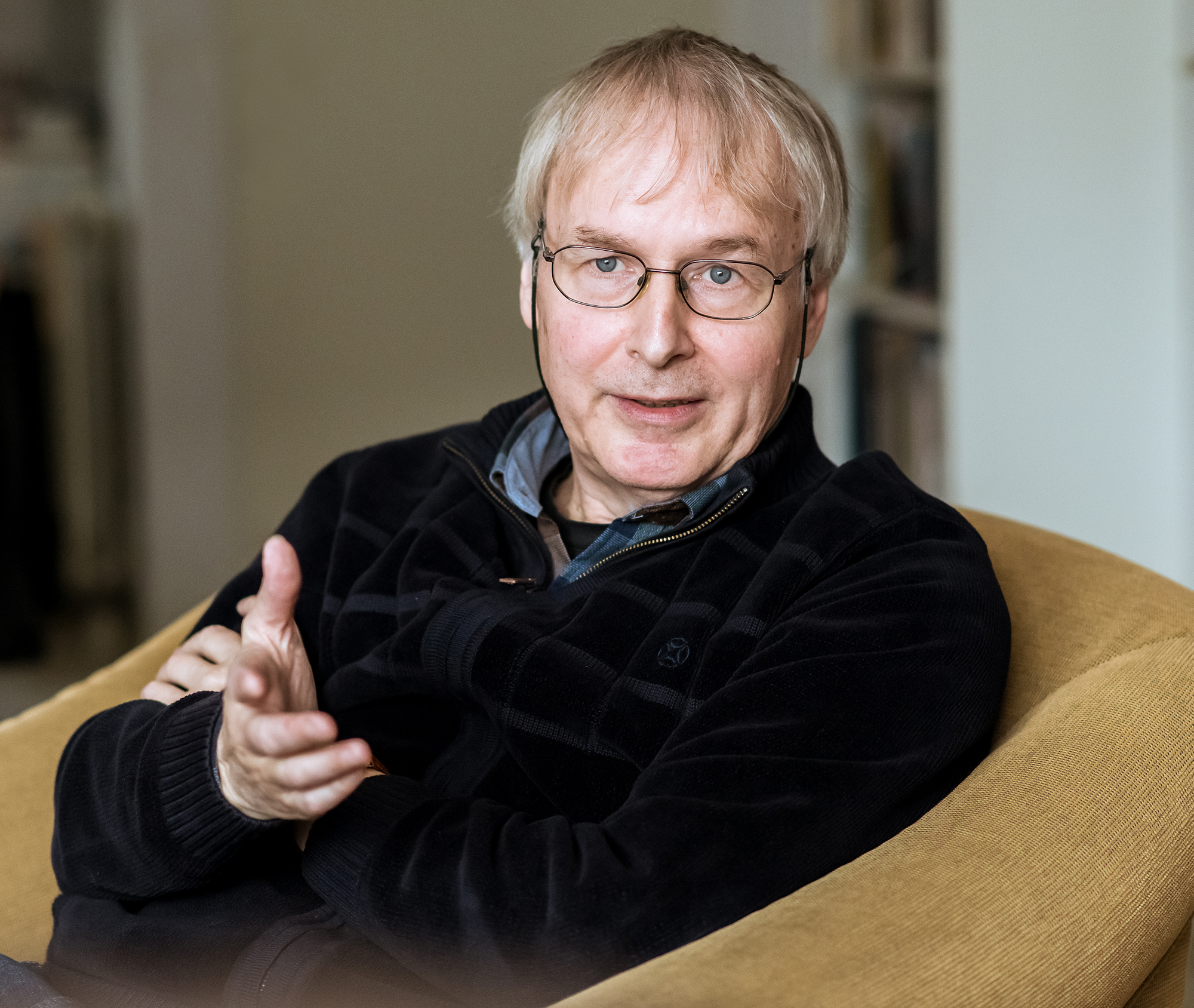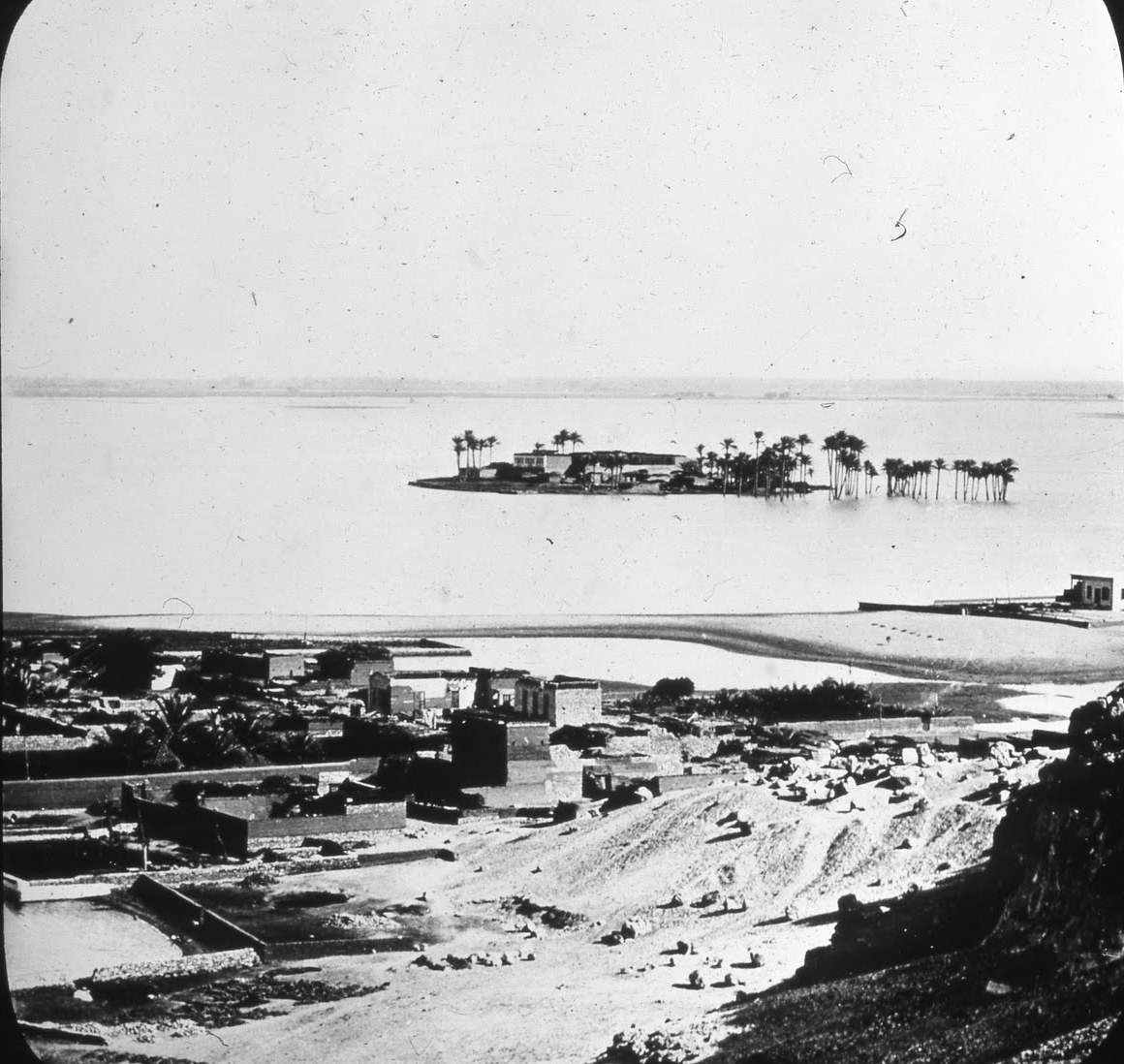|
Tjekker
The Tjeker or Tjekker (Egyptian: ''ṯꜣkꜣr'' or ''ṯꜣkkꜣr'') were one of the Sea Peoples. Known mainly from the "Story of Wenamun", the Tjeker are also documented earlier, at Medinet Habu, as raiders defeated by Pharaoh Ramesses III of Egypt in years 5, 8, and 12 of his reign. They are thought to be the people who developed the port of Dor in Canaan during the 12th century BCE from a small Bronze Age town to a large city. References Origin As with other Sea Peoples, the origins of the Tjeker are uncertain. Their name is an Egyptian exonym, usually romanized as ''tkr'', and expanded as ''Tjekru'' or ''Djekker''. As such there is no consensus on the original form or etymology of the name, or the origin of the people. They have sometimes been identified with the Sicels of Sicily, who are also linked to '' Shekelesh'': another exonym attributed to a different group amongst the Sea Peoples. Another theory, put forward by Flinders Petrie, links the ethnonym to Zakros, in ... [...More Info...] [...Related Items...] OR: [Wikipedia] [Google] [Baidu] |
Sea Peoples
The Sea Peoples were a group of tribes hypothesized to have attacked Ancient Egypt, Egypt and other Eastern Mediterranean regions around 1200 BC during the Late Bronze Age. The hypothesis was proposed by the 19th-century Egyptology, Egyptologists Emmanuel de Rougé and Gaston Maspero, on the basis of primary sources such as the reliefs on the Mortuary Temple of Ramesses III at Medinet Habu (temple), Medinet Habu. Subsequent research developed the hypothesis further, attempting to link these sources to other Late Bronze Age evidence of migration, piracy, and destruction. While initial versions of the hypothesis regarded the Sea Peoples as a primary cause of the Late Bronze Age collapse, more recent versions generally regard them as a symptom of events which were already in motion before their purported attacks. The Sea Peoples included well-attested groups such as the Lukka, as well as others such as the Weshesh whose origins are unknown. Hypotheses regarding the origin of the va ... [...More Info...] [...Related Items...] OR: [Wikipedia] [Google] [Baidu] |
Tel Dor
Tel Dor ( or , meaning "generation", "habitation") or Tell el-Burj, also Khirbet el-Burj in Arabic (lit. Tell, or Ruin, of the Tower), is an archaeological site located on the Israeli coastal plain of the Mediterranean Sea next to modern moshav Dor, Israel, Dor, about south of Haifa, and west of Hadera. Lying on a small headland at the north side of a protected inlet, it is identified with D-jr of Egyptian sources, Biblical Dor, and with Dor/Dora of Greek and Roman sources. The documented history of the site begins in the Canaan#Late Bronze Age (1550–1200 BC), Late Bronze Age (though the town itself was founded in the Canaan#Middle Bronze Age (2000–1550 BC), Middle Bronze Age, c. 2000 BCE), and ends in the Kingdom of Jerusalem, Crusader period. The city was successively ruled by Canaanites, Sea Peoples, Phoenicians, ancient Assyrians, Assyrians, Persian Empire, Persians, Greeks, Jews, Ancient Rome, Romans and Byzantine Empire, Byzantines. The port dominated the fortunes of ... [...More Info...] [...Related Items...] OR: [Wikipedia] [Google] [Baidu] |
Philistines
Philistines (; LXX: ; ) were ancient people who lived on the south coast of Canaan during the Iron Age in a confederation of city-states generally referred to as Philistia. There is compelling evidence to suggest that the Philistines originated from a Greek immigrant group from the Aegean. The immigrant group settled in Canaan around 1175 BC, during the Late Bronze Age collapse. Over time, they intermixed with the indigenous Canaanite societies and assimilated elements from them, while preserving their own unique culture. In 604 BC, the Philistines, who had been under the rule of the Neo-Assyrian Empire (911–605 BC), were ultimately vanquished by King Nebuchadnezzar II of the Neo-Babylonian Empire. Much like the kingdoms of Israel and Judah, the Philistines lost their autonomy by the end of the Iron Age, becoming vassals to the Assyrians, Egyptians, and later Babylonians. Historical sources suggest that Nebuchadnezzar II destroyed Ashkelon and Ekron due to the Phil ... [...More Info...] [...Related Items...] OR: [Wikipedia] [Google] [Baidu] |
Ramesses III
Usermaatre Meryamun Ramesses III was the second Pharaoh of the Twentieth dynasty of Egypt, Twentieth Dynasty in Ancient Egypt. Some scholars date his reign from 26 March 1186 to 15 April 1155 BC, and he is considered the last pharaoh of the New Kingdom of Egypt, New Kingdom to have wielded substantial power. His long reign saw the decline of Egyptian political and economic power, linked to a series of invasions and internal economic problems that also plagued pharaohs before him. This coincided with a decline in the cultural sphere of Ancient Egypt. However, his successful defense was able to slow down the decline, although it still meant that his successors would have a weaker military. He has also been described as a "warrior Pharaoh" due to his strong military strategies. He led the way by defeating the invaders known as "the Sea Peoples", who had caused destruction in other civilizations and empires. He was able to save Egypt from collapsing at the time when Late Bronze Age c ... [...More Info...] [...Related Items...] OR: [Wikipedia] [Google] [Baidu] |
Bronze Age
The Bronze Age () was a historical period characterised principally by the use of bronze tools and the development of complex urban societies, as well as the adoption of writing in some areas. The Bronze Age is the middle principal period of the three-age system, following the Stone Age and preceding the Iron Age. Conceived as a global era, the Bronze Age follows the Neolithic, with a transition period between the two known as the Chalcolithic. The final decades of the Bronze Age in the Mediterranean basin are often characterised as a period of widespread societal collapse known as the Late Bronze Age collapse (), although its severity and scope are debated among scholars. An ancient civilisation is deemed to be part of the Bronze Age if it either produced bronze by smelting its own copper and alloying it with tin, arsenic, or other metals, or traded other items for bronze from producing areas elsewhere. Bronze Age cultures were the first to History of writing, develop writin ... [...More Info...] [...Related Items...] OR: [Wikipedia] [Google] [Baidu] |
Ancient Egypt
Ancient Egypt () was a cradle of civilization concentrated along the lower reaches of the Nile River in Northeast Africa. It emerged from prehistoric Egypt around 3150BC (according to conventional Egyptian chronology), when Upper and Lower Egypt were amalgamated by Menes, who is believed by the majority of List of Egyptologists, Egyptologists to have been the same person as Narmer. The history of ancient Egypt unfolded as a series of stable kingdoms interspersed by the "Periodization of ancient Egypt, Intermediate Periods" of relative instability. These stable kingdoms existed in one of three periods: the Old Kingdom of Egypt, Old Kingdom of the Early Bronze Age; the Middle Kingdom of Egypt, Middle Kingdom of the Middle Bronze Age; or the New Kingdom of Egypt, New Kingdom of the Late Bronze Age. The pinnacle of ancient Egyptian power was achieved during the New Kingdom, which extended its rule to much of Nubia and a considerable portion of the Levant. After this period, Egypt ... [...More Info...] [...Related Items...] OR: [Wikipedia] [Google] [Baidu] |
Frederik Christiaan Woudhuizen
Frederik Christiaan Woudhuizen (Zutphen, 13 February 1959 – Heiloo, 28 September 2021) was a Dutch independent scholar who studied ancient Indo-European languages, hieroglyphic Luvian/Luwian, and Mediterranean protohistory. He was the former editor of ''Talanta, Proceedings of the Dutch Archaeological and Historical Society''. Life Fred Woudhuizen graduated from high school in 1977. He finished his history studies in 1985 with an exam in Ancient History and specializing in Prehistory and Early History of the Mediterranean region. His education included Provincial Roman Archeology and the study of Classical languages, including Latin and Greek, as well as Luwian languages, Italian dialects and Mycenaeology. In 2006 he obtained his doctorate from Erasmus University Rotterdam with a Dissertation on ''The Ethnicity of the Sea Peoples''. From 1986 to 1989 and 1992 to 1995 Woudhuizen was editor of the Dutch journal ''Talanta, Proceedings of the Dutch Archaeological and Historical S ... [...More Info...] [...Related Items...] OR: [Wikipedia] [Google] [Baidu] |
Teucri
In Greek mythology, King Teucer (or Teukros) (; Ancient Greek: Τεῦκρος ''Teûkros'') was said to have been the son of the river-god Scamander and the nymph Idaea. Mythology Before the arrival of Dardanus, the land that would eventually be called Dardania (and later still the Troad) was known as Teucria and the inhabitants as Teucrians, after Teucer. According to Virgil, Teucer was originally from Crete but left the island during a great famine with a third of its inhabitants. They settled near the Scamander river, named after Teucer's father, not far from the Rhaetean promontory. However, Dionysius of Halicarnassus states that Teucer had come to the Troad from Attica where he was a chief of the Xypetȇ region. In both cases he ended up in the region which would be known as the Troad. His company was said to have been greatly annoyed by a vast number of mice during their first night in the region. Teucer had previously been directed by an oracle before leaving Crete t ... [...More Info...] [...Related Items...] OR: [Wikipedia] [Google] [Baidu] |
Troy
Troy (/; ; ) or Ilion (; ) was an ancient city located in present-day Hisarlik, Turkey. It is best known as the setting for the Greek mythology, Greek myth of the Trojan War. The archaeological site is open to the public as a tourist destination, and was added to the List of World Heritage Sites in Turkey, UNESCO World Heritage list in 1998. Troy was repeatedly destroyed and rebuilt during its 4000 years of occupation. As a result, the site is divided into nine Stratigraphy (archaeology), archaeological layers, each corresponding to a city built on the ruins of the previous. Archaeologists refer to these layers using Roman numerals, Troy I being the earliest and Troy IX being the latest. Troy was first settled around 3600 BC and grew into a small fortified city around 3000 BC (Troy I). Among the early layers, Troy II is notable for its wealth and imposing architecture. During the Late Bronze Age, Troy was called Wilusa and was a vassal of the Hittite Empire. The final layer ... [...More Info...] [...Related Items...] OR: [Wikipedia] [Google] [Baidu] |
Haifa
Haifa ( ; , ; ) is the List of cities in Israel, third-largest city in Israel—after Jerusalem and Tel Aviv—with a population of in . The city of Haifa forms part of the Haifa metropolitan area, the third-most populous metropolitan area in Israel. It is home to the Baháʼí Faith's Baháʼí World Centre, and is a UNESCO World Heritage Site and a destination for Baháʼí pilgrimage. Built on the slopes of Mount Carmel, the settlement has a history spanning more than 3,000 years. The earliest known settlement in the vicinity was Tell Abu Hawam, a small port city established in the Late Bronze Age (14th century BCE).Encyclopaedia Judaica, Encyclopedia Judaica, ''Haifa'', Keter Publishing, Jerusalem, 1972, vol. 7, pp. 1134–1139 In the 3rd century CE, Haifa was known as a Tool and die maker, dye-making center. Over the millennia, the Haifa area has changed hands: being conquered and ruled by the Canaanites, History of ancient Israel and Judah, Israelites, Phoenicians, Assy ... [...More Info...] [...Related Items...] OR: [Wikipedia] [Google] [Baidu] |
Trevor R
Trevor ( Trefor in the Welsh language) is a common given name or surname of Welsh origin. It is an habitational name, deriving from the Welsh ''tre(f)'', meaning "homestead", or "settlement" and ''fawr'', meaning "large, big". The Cornish language equivalent is Trevorrow and is most associated with Ludgvan. Trevor is also a reduced Anglicized form of the Gaelic ''Ó Treabhair'' (descendant of Treabhar), which may derive from the original Welsh name. As a surname People * Claire Trevor (1910–2000), American actress *Hugh Trevor (1903–1933), American actor * John Trevor (other), various people *William Trevor (1928–2016), Irish writer * William Spottiswoode Trevor (1831–1907), recipient of the Victoria Cross Fictional characters *Steve Trevor, in the DC Comics, 1970s television series and 2017 film ''Wonder Woman'' As a given name People *Trevor Ariza (born 1985), American basketball player *Trevor Bailey, English cricketer * Trevor Bauer, American baseball pl ... [...More Info...] [...Related Items...] OR: [Wikipedia] [Google] [Baidu] |
Flinders Petrie
Sir William Matthew Flinders Petrie ( – ), commonly known as simply Sir Flinders Petrie, was an English people, English Egyptology, Egyptologist and a pioneer of systematic methodology in archaeology and the preservation of artefacts. He held the first chair of Egyptology in the United Kingdom, and excavated many of the most important archaeological sites in Egypt in conjunction with his Irish-born wife, Hilda Petrie, Hilda Urlin. Some consider his most famous discovery to be that of the Merneptah Stele, an opinion with which Petrie himself concurred. Undoubtedly at least as important is his 1905 discovery and correct identification of the character of the Proto-Sinaitic script, the ancestor of almost all alphabetic scripts. Petrie developed the system of dating layers based on pottery and Ceramic engineering, ceramic findings. Petrie has been denounced for his pro-eugenics views; he was a dedicated believer in the superiority of the Germanic-speaking world, Northern p ... [...More Info...] [...Related Items...] OR: [Wikipedia] [Google] [Baidu] |







